Shure PGA DRUMKIT6 Bruksanvisning
Läs gratis den bruksanvisning för Shure PGA DRUMKIT6 (41 sidor) i kategorin mikrofon. Guiden har ansetts hjälpsam av 26 personer och har ett genomsnittsbetyg på 4.3 stjärnor baserat på 13.5 recensioner. Har du en fråga om Shure PGA DRUMKIT6 eller vill du ställa frågor till andra användare av produkten? Ställ en fråga
Sida 1/41

© 2014 Shure Incorporated
27A24482 (Rev. 1)
WIRED MICROPHONE
PGA81
USER GUIDE
Le Guide de l’Utilisateur
Guia del Usuario
Guida dell’Utente
Руководство пользователя
Bedienungsanleitung
日本語
繁體中文
Manual do Usuário
사용자 가이드
Panduan Pengguna
PG ALTA SERIES
TM
Produktspecifikationer
| Varumärke: | Shure |
| Kategori: | mikrofon |
| Modell: | PGA DRUMKIT6 |
| Gränssnitt: | XLR-3 |
| Modell: | Scenmikrofon |
| Känslighet: | -55 dB |
| Mikrofonhållare: | Ja |
| Mikrofonfrekvens: | 50 - 12000 hz |
| XLR ut: | Ja |
| Produktens färg: | Svart |
| Mikrofonvikt: | 454 g |
| Kabel inkluderad: | XLR-6.3 mm |
| Anslutningsteknologi: | Kabel |
| Mikrofon känslighet (utnivå): | -55 dB |
| Mikrofon, riktning: | Kardioid |
| Talspole typ: | Dynamisk |
Behöver du hjälp?
Om du behöver hjälp med Shure PGA DRUMKIT6 ställ en fråga nedan och andra användare kommer att svara dig
mikrofon Shure Manualer
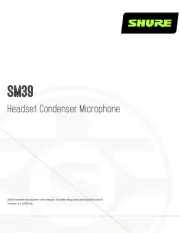
27 September 2025
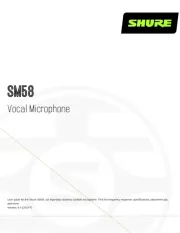
29 Juli 2025
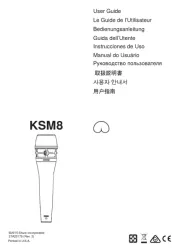
21 Juli 2025
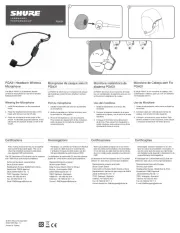
21 Juli 2025
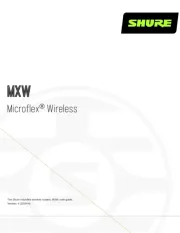
21 Juli 2025

21 Juli 2025
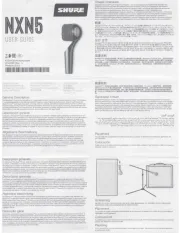
21 Juli 2025

20 Juli 2025
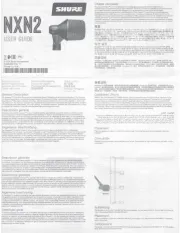
20 Juli 2025
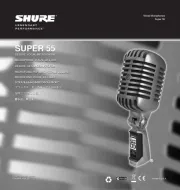
20 Juli 2025
mikrofon Manualer
- Microtech Gefell
- Tula
- Nedis
- Natec
- Day
- Sonifex
- Fishman
- Ibiza Sound
- NOX
- Solid State Logic
- Ibanez
- Techly
- AmpliVox
- Antelope
- GoPro
Nyaste mikrofon Manualer
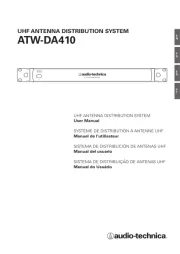
19 Oktober 2025
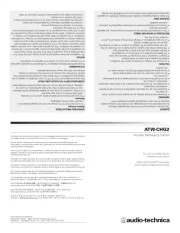
19 Oktober 2025

18 Oktober 2025
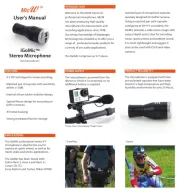
18 Oktober 2025
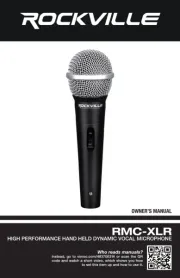
18 Oktober 2025

18 Oktober 2025

18 Oktober 2025
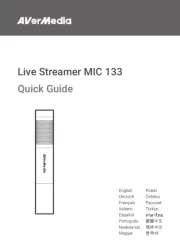
16 Oktober 2025
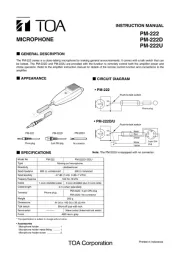
15 Oktober 2025
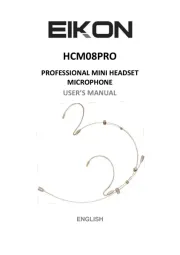
13 Oktober 2025